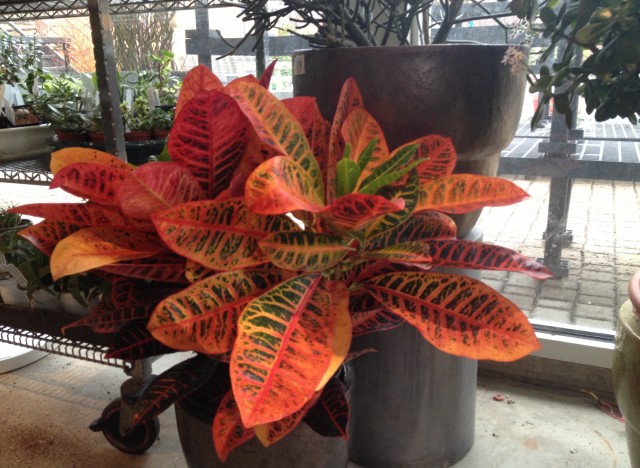For this week's Sprout Home, expert Tara Heibel is answering common questions about houseplants. And believe it or not, the common indoor greens are easy to get cohabitate with.
Q: I want to start keeping houseplants [successfully], but need some advice on a beginner's plant. What would be an easy option for me?
A: That's a great place to start. It is always an excellent idea to keep thriving plants that are best suited to your space and appropriate for you to devote time to care for them. This results in the most gratifying success. While one could also coax difficult or demanding plants in less than ideal scenarios, the results often do not balance with the effort required. Although, "easy" can mean different things to different people. Let's define what qualifies as easy care for you.

Q: Well, I don't want anything that's too sensitive. A "forgiving" plant would be preferred, something that will give me a margin of error to learn within. What else do you need to know?
A: Location is imperative. Before choosing a plant, it is helpful to define where you want to position it in your home, office, etc., taking note of the sunlight available as well as any other factors, aesthetically speaking.
Q: I never thought of a plant like that! It's like choosing a new couch?
A: Exactly! And with that in mind, we can outline a few of our favorite plants, with various reasoning behind each choice.
Croton is a fantastic addition to the indoor garden, from small plant starts that are just a few inches tall to mature trees overhead in your home. The leaf shapes and colors are reason enough to add a splash of color with foliage, ranging from narrow, ribbon-like leaves with twists and curls to broad ones with painterly highlights of color. Croton can also be slowly introduced to full sun, making it a potential patio plant in the warmer months or a lush element of color in a sunny window. Consistent watering and added humidity in dryer climates will keep Croton satisfied with more intense light. A rather forgiving plant, Croton will wilt if allowed to go too dry, but will perk up once well-watered. Exposure to cold or drought will result in leaf loss, but if rescued in time, the plant will rebound after a few round of growth are put out. Flowers are charming when they occur, but relatively insignificant. With so many colors and leaf shapes, you'll want to spend some time finding one that best fits the vibe of your home.
Q: That seems like a really easy-going plant! Are there some easy plants for specific areas, like full sun or low light?
A: Absolutely! For example, there are four species of Beaucarnea, all nicknamed Ponytail Palm for their growth habit: a crown of long, narrow, cascading leaves. This desert native will enjoy full sun and thrive with little humidity -- a showy addition to a Western or Southern window. A slow grower indoors, it can take decades to reach 5 or 6 feet tall, though it is not too difficult to source larger specimens. Planted with well-draining soil, you can fully saturate your Ponytail once a month, or every couple weeks in the most intense sun exposure.
For low light scenarios we need to define just how low the light levels are. If it is difficult to read by natural light in a space, don't worry, there's a plant for every space and every purpose. In very minimal light, Sansevieria cylindrica. A relative of the everyday Sansevieria ('Mother-In-Law's Tongue' as it is commonly called,) this species grows to 5 or more feet with age and is tolerant of minimal light scenarios, provided it is allowed an ample dry time between each thorough watering. The lance-like leaves are cylindrical, hence the nomenclature, and taper to a point. Growing in dense, upright clusters while in indirect light, the lowest light levels result in sparse, sprawling leaves.
Have something to say? Check out HuffPost Home on Twitter, Facebook, Pinterest, Tumblr and Instagram.
**
Do you have a home story idea or tip? Email us at homesubmissions@huffingtonpost.com. (PR pitches sent to this address will be ignored.)